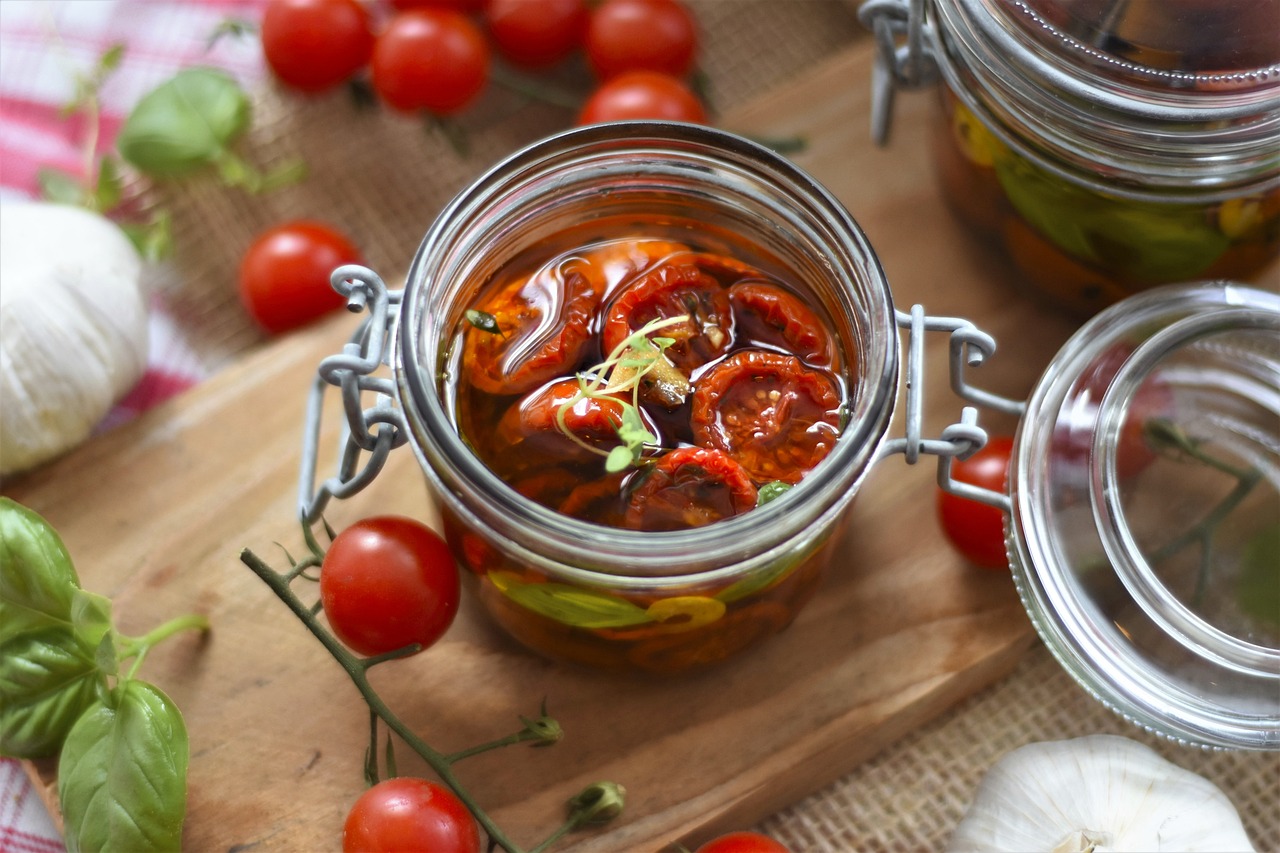Pickle Problems: A Troubleshooting Guide

There’s nothing better than opening a jar of homemade pickles and taking that first satisfying bite. As soon as you bite down into a crunchy cucumber you’re immediately flooded with memories of summer days gone by. Growing, harvesting and pickling your own canned goods can be an extremely rewarding experience, but what do you do if that jar of pickles is less than perfect?
Read on to discover some of the most common pickle problems and what you can do to improve your recipe so the next batch has that perfect pickle crispness you’ve been longing for.
1.) Pickles taste too bitter – This problem is easy to fix. Bitter pickles indicate an abundance of vinegar in the recipe. Simply cut back on the vinegar next time and you’ll have a much better tasting product. Be careful not to cut too far back, as the acidic vinegar is what instigates the pickling process and prevents the contents of the jar from spoiling.
2.) Pickle liquid is cloudy – Always be weary when you encounter cloudy pickles. Cloudy pickle liquid is one of the first signs of a problem and can indicate that spoilage has occurred. Once you crack open the jar, you will know immediately if the pickles have spoiled. If they smell fine, there could be a more mundane reason for the cloudy liquid. Hard water, using metal pans or even the wrong kind of salt can make this happen. Use a glass pan if you have one or a non-aluminum pan if you don’t. Also, buy special pickling salt, which won’t cloud water. If you have hard water, consider buying a jug or two of bottled water from your local store to get you through your pickles.
> Homemade Pickles and Preserves – Basics You Should Know
3.) Pickles are oddly colored – Oddly colored pickles are fine as long as they are various shades of green or yellow. Certain spices can transfer their colors during the pickling process and using a metal pan has also been known to cause discoloration. Shrug your shoulders and enjoy a strange colored pickle or two.
4.) Garlic turns blue – Blue or green tinted garlic is nothing to be concerned about. Young garlic cloves often change color during the pickling process and older cloves can absorb metals from your pans or cooking utensils, giving them a blue tinge. If the blue garlic really worries you, you can avoid metal pans and only use large, well-developed and aged garlic cloves.
> How to Make and Can Your Own Homemade Pickles
5.) Cucumbers are hollow inside – Hollow cucumbers are safe to eat. They are probably hollow as a result of being too old before pickling. You can tell if cucumbers are hollow before you pickle them by placing them in a bucket of water. If they float, they’re hollow and probably aren’t the best choice for pickling.
6.) Bubbles in the jar – Bubbly brine is a good warning that your food has begun to spoil and bacteria is present in the jar. Don’t eat pickles that are bubbly and be sure to thoroughly sanitize jars and utensils before making the next batch.
7.) Pickles are mushy – Mushy pickles result from using the wrong type of cucumbers for pickling. You should buy or grow pickling cucumbers, which come in a variety of names including lemon cucumbers, Edmonson, saladin or little leafs. You can also buy commercial crisping agents that you can add to the jars before processing.
> How to Make Zucchini Pickles
Use this troubleshooting guide to help create the best possible pickles you can. By learning from your mistakes, you’ll develop a recipe that works for you. Home made pickles are a treat that gardeners and home canners wait all summer long to enjoy, so take your time with your pickles and you’re sure to love the end result.
The Author
howtocanning








